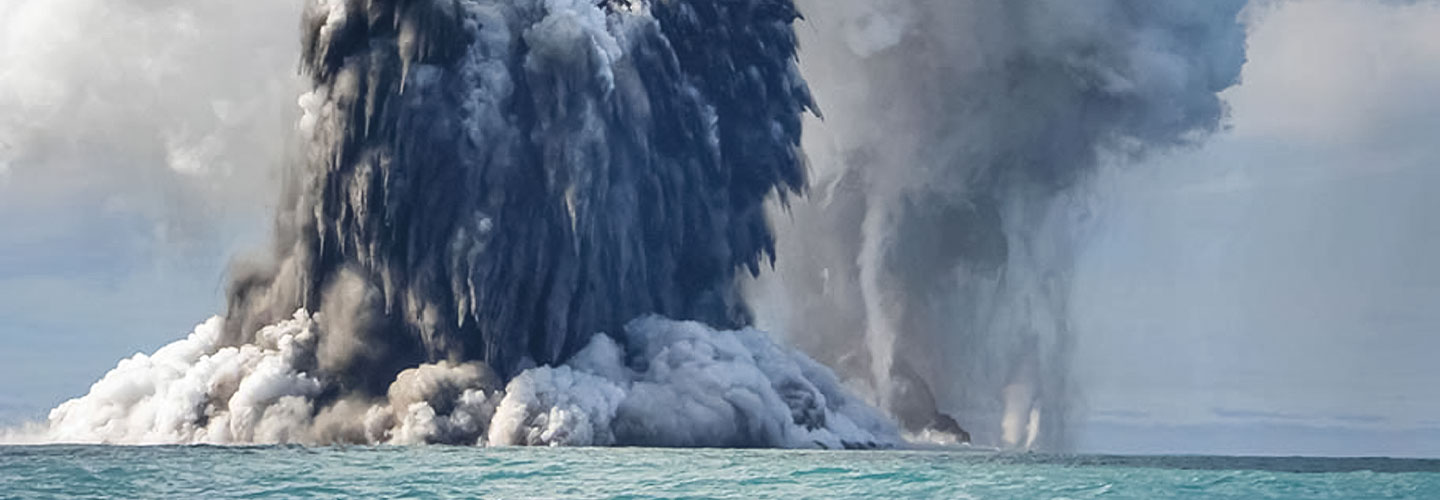When you think of a volcano, you might picture a mountain exploding in a fiery shower of lava. But most of Earth’s volcanoes are in the deep ocean. Scientists don’t usually get to see these underwater giants erupt—but they can hear them.
When volcanoes erupt, they shake the ground. They also make sounds. Jackie Caplan-Auerbach is a volcanologist at Western Washington University. She listens to these rumblings, which she calls “volcano songs.” “Some eruptions release big bubbles of lava that go ‘whoop, whoop,’” says Caplan-Auerbach. “To me, it’s like a bass, since it has a low pitch. Other times there’s a whistling sound from gas spewing out of the volcano, which makes me think of the piccolo. Volcanoes aren’t just one instrument, they’re the whole symphony!”

